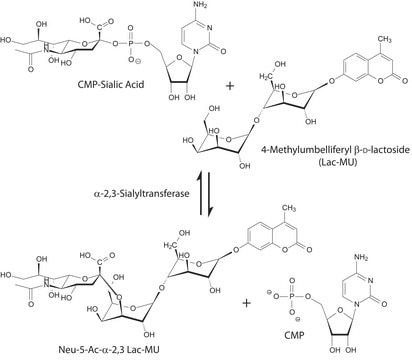S6790, which can be used for chromatography, is Type 101 MCC cellulose, which indicates average particle size of 50 μm. Type 101 cellulose is most widely used for direct compression tableting, for wet granulation, for spheronization, and in capsule filling processes.
S6790
Sigmacell Cellulose
Type 101, Highly purified, fibers
Synonym(s):
Cellulose, Cellulose powder, Cotton linters
About This Item
Recommended Products
Quality Level
type
Type 101
form
fibers
SMILES string
O1[C@H](C(C(C(C1CO)O)O)O)O[C@@H]2C(OC(C(C2O)O)O)CO
InChI
1S/C12H22O11/c13-1-3-5(15)6(16)9(19)12(22-3)23-10-4(2-14)21-11(20)8(18)7(10)17/h3-20H,1-2H2/t3?,4?,5?,6?,7?,8?,9?,10-,11?,12+/m1/s1
InChI key
GUBGYTABKSRVRQ-WFVLMXAXSA-N
Looking for similar products? Visit Product Comparison Guide
Related Categories
Application
Reconstitution
Legal Information
Storage Class Code
11 - Combustible Solids
WGK
WGK 1
Flash Point(F)
Not applicable
Flash Point(C)
Not applicable
Personal Protective Equipment
Choose from one of the most recent versions:
Certificates of Analysis (COA)
Don't see the Right Version?
If you require a particular version, you can look up a specific certificate by the Lot or Batch number.
Already Own This Product?
Find documentation for the products that you have recently purchased in the Document Library.
-
Hi, Do you know the size of the fibers? Diameter and/or length Thank you very much
1 answer-
Helpful?
-
Active Filters
Our team of scientists has experience in all areas of research including Life Science, Material Science, Chemical Synthesis, Chromatography, Analytical and many others.
Contact Technical Service







